![There is no just transition without trust and social capital [interview]](https://www.foundintransition.eu/wp-content/uploads/2024/01/Paroseni-scaled-1200x675-1-800x450.jpg)
– Jiu Valley has been historically the region, where energy has been produced. There is infrastructure, there is local identity of providing energy, being involved in the energy sector. There are skilled workers as well. All of these can be used to continue production, this time in the renewable sector – says Andrei Craciun, a Greenpeace Romania campaigner working on the energy communities project, promoting energetical democracy.
Interview by Małgorzata Kulbaczewska-Figat.
In 2019, Bankwatch and Greenpeace Romania published a report which included possible reconstruction and development scenarios for the Jiu Valley. Tourism, sustainable farming, small food industry are all named as sectors which could generate jobs and revive local economy. Have these ideas been perceived positively by local municipalities and communities?
Greenpeace Romania has worked on activities related to coal phaseout and later to create the strategy for the just transition. My colleagues (not me, as I am a new campaigner, working for Greenpeace since March 2023 only) were involved in drafting the territorial plans, prepare studies or analyses with local stakeholders. The purpose was to identify possible scenarios for future development of the Jiu Valley. In this context, the counties adopted last year the territorial Just Transition plans, which included different provisions about sustainable development.
The current campaign I’m working on, the current Greenpeace campaign for the just transition areas, is dedicated to energy communities, which are seen as one of the possible solution to the climate crisis, but also to economical crisis and to energy crisis. The territorial just transition plans include provisions to create energy communities in the Jiu Valley. Me and my colleagues keep working on this campaign, because there’s still a lot of work to be done on both local and national level.
What has been done so far to implement the projects which would ensure future regional development and give the region new life?
The just transition process is just beginning. It’s in the early stages of implementation. As you may be aware, last week [that is, in mid-October 2023] the Ministry released first guidelines to access funds dedicated to small and medium enterprises. Of course, the local stakeholders communities have prepare themselves for this moment. But you may encounter the opinion, and not only in the Jiu Valley, but other regions as well, that the process needs to be accelerated. There are a lot of delays on the stages of drafting, financing guidance, submitting projects and, last but not least, implementation.
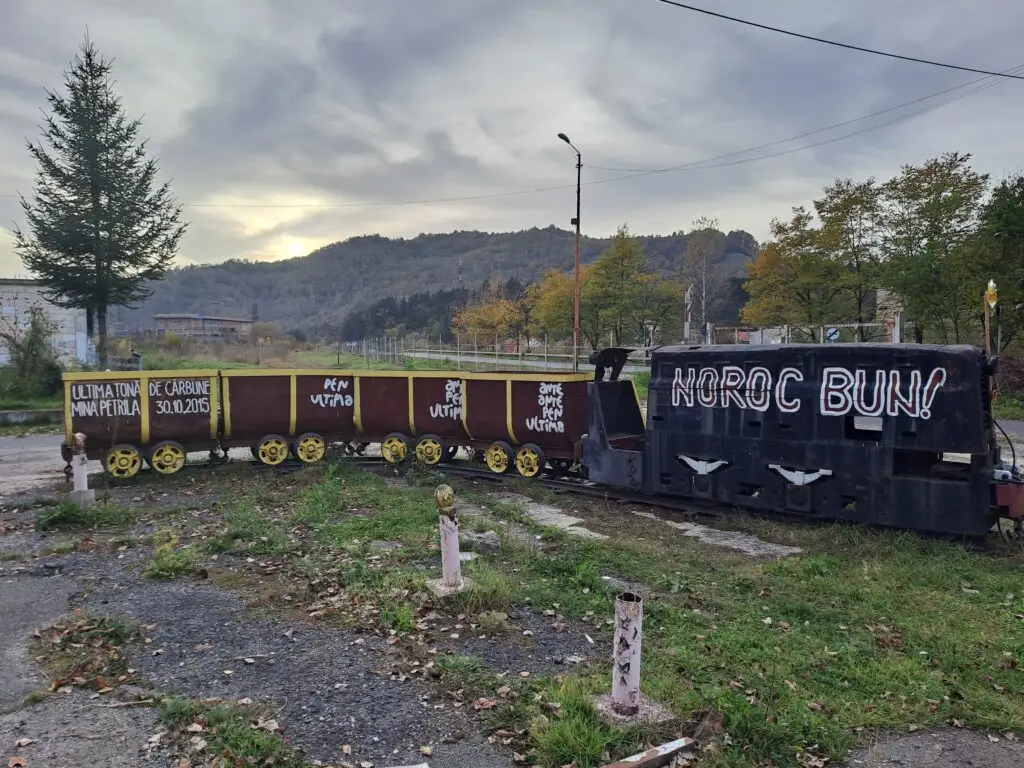
You mentioned energy communities – could you explain how would they work in, let’s say, Lupeni or Petrila, to mention just two cities in the Jiu Valley?
Let me say first what exactly an energy community is. It is a collective project of producing and managing energy. When I say collective project, it means that it involves citizens, local authorities and other stakeholders, for instance, local NGOs. The energy type that is intended to be produced and managed is, of course, of course the renewable type of energy. When I speak about managing energy, I mean not just the consumption of energy, but also different other types of energy-related activity, such as transportation of energy or energy efficiency projects.
We can see many good examples of energy communities in Western Europe: Germany, Belgium, Holland. We believe that this is a great tool to decentralize the energy system and to build on the Jiu Valley’s legacy. This region has been the area where an important part of energy has been produced in Romania. Therefore, there is infrastructure, there is also the local identity of providing energy, being involved in the energy system and energy sector. There are skilled workers as well.
If all these assets are used together in a wise way, one can create initiatives that function on different levels. First, they will mean creating jobs. Second, they will mean that local companies will be able to produce, to provide assistance to people who are involved in energy production and management. Then, through energy communities you can tackle subjects like energy poverty, a very important topic in poor areas of Romania and not just Romania. In our view, it is one of the solutions that can be implemented to to tackle many local and regional problems.
What is the legal framework in which the energy communities could exist?
Romania has adopted two European directives regarding the energy: Cities and Energy Community Directive and the Renewable Energy Directive. Romania transposed those two directives in the national legislation in a copy-paste manner, and it stopped at this level. Our authorities have not put any other work into creating the secondary stage legislation, the regulations, the norms of application for this main law. At this point, in theory, you can create energy communities in Romania. In practice, there are still many things needed, related to regulations and other legislation framework that has not been done yet.
Of course, apart from the framework, the energy communities need to access to financing facilited by the Just Transition Fund. Both central and local authorities must provide guidelines for energy communities projects. Only then local stakeholders will start to develop and submit project proposals to be implemented using the just transition opportunities. We are in a moment when we depend on the central authorities to draft and to finalize the legislation that will allow energy communities to emerge and work.
The stakeholders are interested in developing and drafting this kind of projects, using technical assistance from European Commission, accessing resources or support that we can provide through our work through our campaign. This happens in Jiu Valley as well. There is a lot of interest and energy at the local level in setting up this kind of projects. However, the people must not be deceived, their expectations must be fulfilled and this interest in energy projects must be cultivated. If municipality-based energy projects in the Jiu Valley succeed, it will be a model for other communities.
Building up energy community includes community involvement. Meanwhile, on the side of people living in the Valley, there is a lot of mistrust and lack of hopes for change. There is a lot of bitterness after what happened to them. What do you do and what can be done to make these people believe in this kind of green future?
A lot must be done through community work. I mean projects that are working on a grassroot level, involving people in different activities. Only then, when grassroots initiatives work and when people see real activities, then trust in community will slowly reappear. Even if it is a slow process, there is no other way it could be accomplished.
At first, there are local stakeholders, or, in other words, people who have already been involved in different types of projects and local initiatives. With every activity, every international or local project, their capacity increases. They learn new skills, they gain trust and become local ‘resources’ able to build a group, a community around them.
I think that there is also a lot of responsibility on the shoulders of local and central authorities. It is their task to implement projects that will help to restore trust and hope. I think now in particular about projects addressed at vulnerable groups, projects which are really taking people’s voice into consideration. People must be talked to no matter what kind of projects is being implemented. Only if people can express their opinion, the social capital can be rebuilt at the local level. Without social capital and without trust, it’s really complicated to have a successful and just transition.
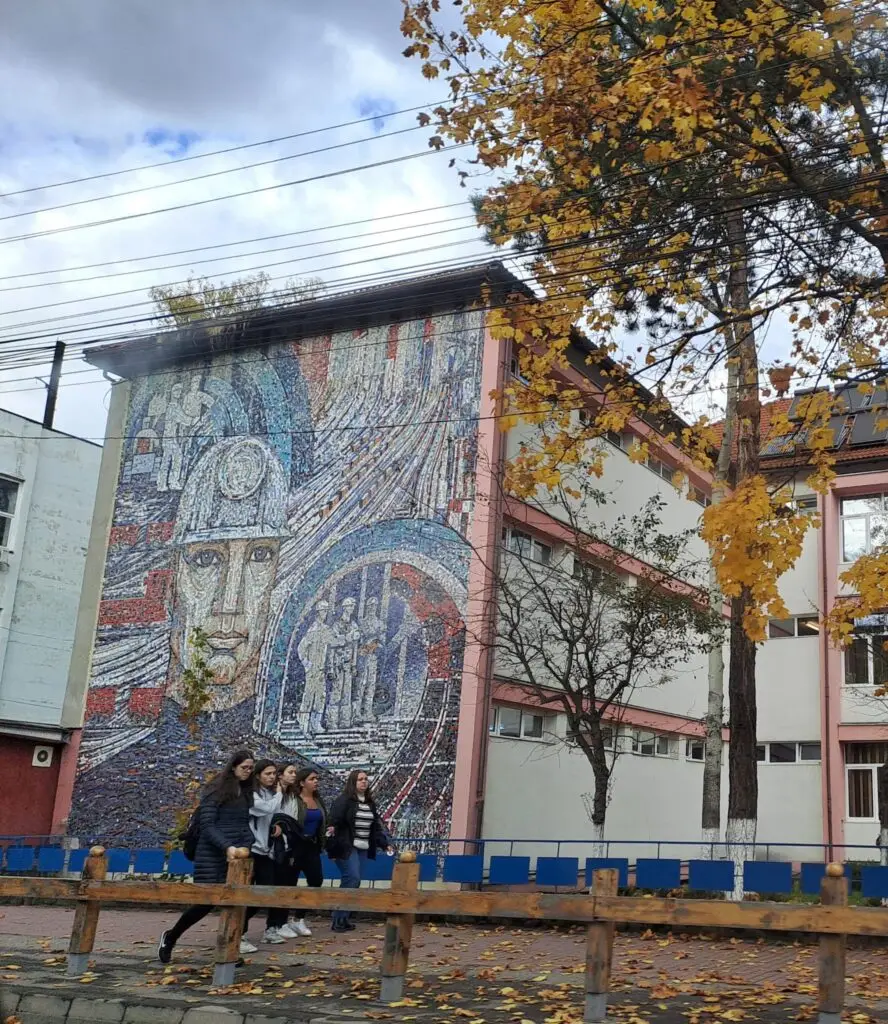
I see you believe that if the first projects are successful, if people see that the change is actually happening, then their hearts may be won, in spite of all the negative burden of the not-that-just transition in the past.
Definitely! I believe that the process will then build up like a snowball. If only there are some good and succesful projects, that embody the principles of just transition, for the beginning. Energy communities are the essence of just transition: run by citizens, led by citizens, and profits, if there are, will be reinvested in the community, not taken for private purposes.
Energy communities may involve partnerships between small or medium enterprises, local authorities, individual citizens. We can imagine an umbrella project which includes not only energy production and management, but also sustainable agriculture or farming, or tourism-related initiatives such as running a hotel. It is a way of bringing people together, putting them at the same table, making them working together for a common objective which has a social and environmental impact.
Is there any region in Western Europe which was particularly inspiring for you and when projecting the future of the Jiu Valley?
We can find identify such former coal regions in England or Germany. However, these areas went through transitions long time ago, in the 70s or 80s, so in a different timeframe. In a more modern perspective, I have just recently attended a Just Transition Platform conference in Brussels. I have had a lot of interactions with people from different areas in Europe which are or which will be undergoing the just transition. Everywhere, situation is more or less similar. We are all on the same stage. Everyone is struggling.
The Jiu Valley has a problem that not all coal regions have: peripherality. In certain Polish or Czech regions, such as Silesia, which are well-connected to the neighbours and to other regions, it was relatively easier to replace mining-related jobs with new investments, such as automotive industry. Industrial tourism has also been growing. How could the Valley overcome this geographical and structural problem?
I think we are aware that the just transition mechanism or funds will not resolve all the problems. I know that the Jiu Valley just transition planners are struggling to have the railroad modernized or rebuilt.
The way to overcome this problem is to integrate the local just transition effort into a wider effort to strengthen development on regional and national level. There must be a wider initiative and investment in green infrastructure, railroads and not only. Of course, it is an effort that requires a financial effort on the side of the Romanian state and it cannot be covered by the Just Transition Fund only.
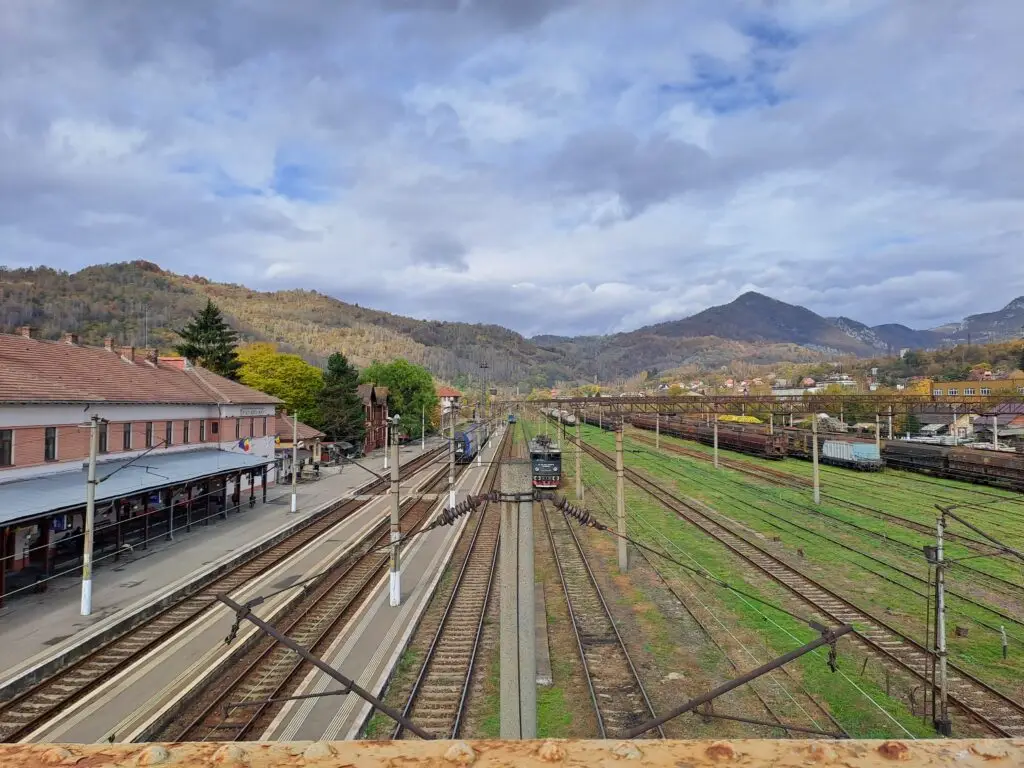
The concept of energy communities sounds great, but… is it not too late for Jiu Valley’s just transition? The local people never had a say on their lives. Under Ceausescu, there was no space for self-government and the local communities could not make key decisions on social issues. Some of the inhabitants might still remember the 1977 miners’ strike and how people were treated afterwards. More recently, there is the experience of layoffs and people’s struggles to survive. How much social capital can be (re)built upon such a starting point?
Surely, it is tough to rebuilt the social capital in this context. You might also add the migration question to the list, as virtually all the Jiu Valley local communities face demographic challenges. The difficulties are very complex and the impact of just transition actions will not be similar everywhere, in every community. There will be differences based on local factors between just transition regions and inside them.
I would not say, however, that it is too late. People still live in the Jiu Valley. They still want their communities to exist and to prosper. It is never too late as long as there are active people, such as the ADTI or Planeta Petrila groups. As far as there are people who want to live there, it is worth making an attempt to revive the area. And I believe that, while you may certainly find people who are disappointed or feel their expectations have not been met, you can also see important developments happening.
Do you expect the developments to speed up now when there are the guidelines for small and medium enterprises? Do you think that the real change is just starting right now?
Yes, I expect that the process will speed up in terms of funding that is available and will be accessed. This will in turn create grounds to see the first projects implemented.
Alexandru Kelemen, the head of ADTI and one of the people involved in just transition in the Jiu Valley, told me he would prefer to see the future economy of the Valley based on small and medium, local entreprises, rather than big investors coming from outside. Would you agree?
Yes. If a huge company decides to open a branch in the Jiu Valley just because of some governmental incentives or local financial opportunities, the same company will leave when those incentives or opportunities disappear. Meanwhile, the Just Transition Program mechanism will end in 2027 or something like that. Of course, other mechanism or plans may start instead, but the large companies are following different interests, namely the profit. Therefore, I do not think it is a good option to rely on big investments and big companies in the just transition process or in a process of sustainable development.
Small and medium enterprises which exist in the Valley when the times are bad, will be also there in the future, also because they are run by locals. For these local entrepreneurs, community interest or public good will probably matter more than for someone who comes from outside.
While every case should be assessed individually, let me say that we support local resilience in the same way as we approach the energy system. We support a decentralized energy system just like we believe that decentralized development may support resilience in terms of economic or social stability.
The Jiu Valley used to be the key industrial hub in Romania, but not the only one. There are more places where industrial production is a key component of local economy and which need, or will need to undergo transition in the future. Every resource deposit will be over one day and the industrial policy of Romania, or the EU, is also subject to transformation. Is the Romanian political elite aware of this challenge? Do they know that the country will need a grand post-industrial development plan?
I think it’s a great question. Sadly, I don’t see the sign of this awareness in the public discourse or in political interest. I do not see strategies, nor plans.
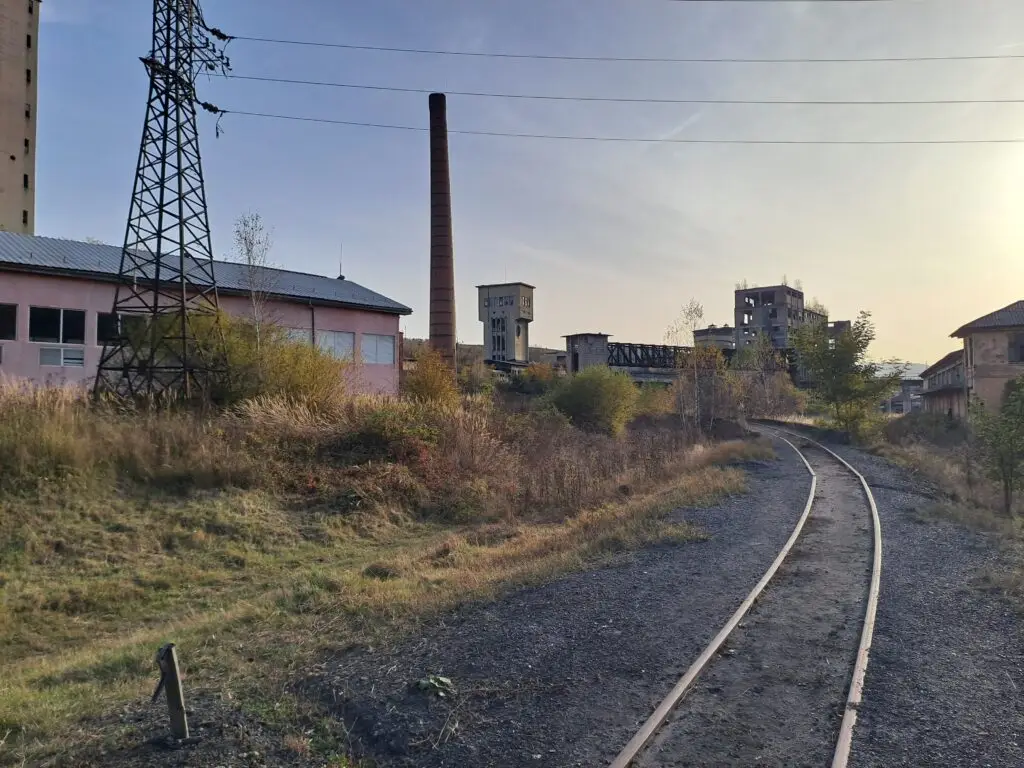
This means that your politicians haven’t learned from the previous experience of industry closures in different regions.
Indeed, there are still lessons that were not learned. The times are different today, though. Local communities and regions have access to different opportunities and tools. Being part of the European Union means having access to financial and technical assistance or expertise. Back in the 90s, Romanian politicians were all by themselves. There is also a civil society which was not there at that time, even if it is not the best developed civil society.
As you may be aware, our Ministry of Energy is really interested in reopening coal mines, or at least talking about this. There are plans to postpone the coal phaseout, to investment in fossil fuels and in the nuclear power. If we look at the activities or at least intentions emphasized by political class, we see a complete disconnection from what people want at the local level.
Of course, people want jobs. I can imagine a politician coming and saying: I will create jobs by opening the mines again. He might even gain some votes. But I think that people on the local level have learned more about transition than the politicians think… or want.
Overall, it means that just transition is in fact in the hands of the people. It can happen, if people take the initiative…
Definitely. Just transition is about people and yes, the process is in their hands. Of course, sometimes they lack the tools, but that’s why we, and other NGOS as well, are working on projects. That’s why efforts are being made to include people in the process more and more. The acceptance of transition and involvement of the people is the key for the success.
This interview was produced in the scope of a journalist travel to the Jiu Valley, realised with the help of Reporting Democracy.
Cover photo: Paroseni power plant. Photo by Małgorzata Kulbaczewska-Figat.
Subscribe to Cross-border Talks’ YouTube channel! Follow the project’s Facebook and Twitter page! And here are the podcast’s Telegram channel and its Substack newsletter!
Like our work? Donate to Cross-Border Talks or buy us a coffee!
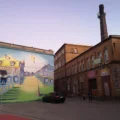
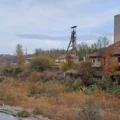
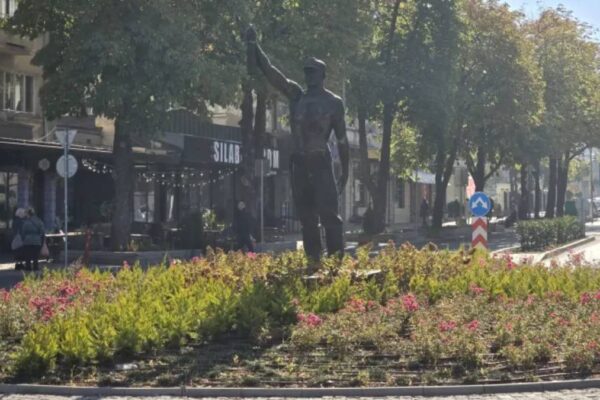
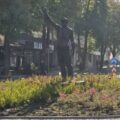
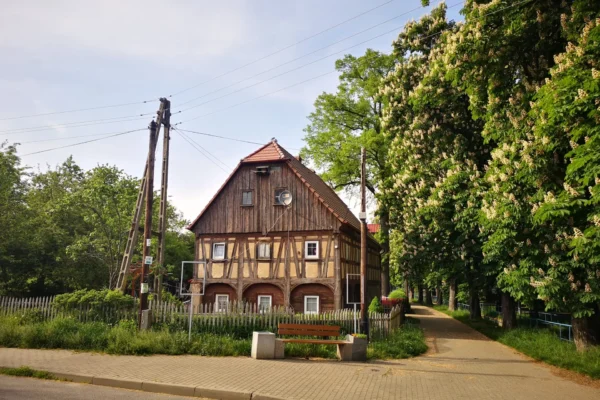
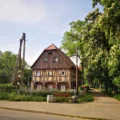
![Jiu Valley: is there a life after coal? [GALLERY]](https://www.foundintransition.eu/wp-content/uploads/2024/01/wieza-wyciagowa-i-chmury-scaled-1200x675-1-600x400.jpg)
![Jiu Valley: is there a life after coal? [GALLERY]](https://www.foundintransition.eu/wp-content/uploads/2024/01/wieza-wyciagowa-i-chmury-scaled-1200x675-1-120x120.jpg)
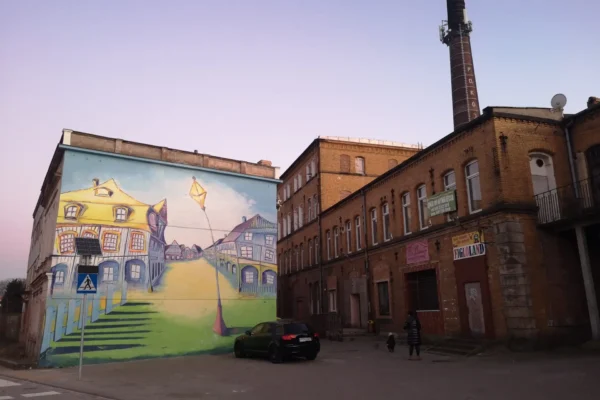
1 Comment
Lost Opportunity for a Just Transition: the Case of Turów Lignite Mine. PART TVELVE: Uncertainty - Cross-border Talks
5 January 2024[…] There is no just transition without trust and social capital [interview] […]